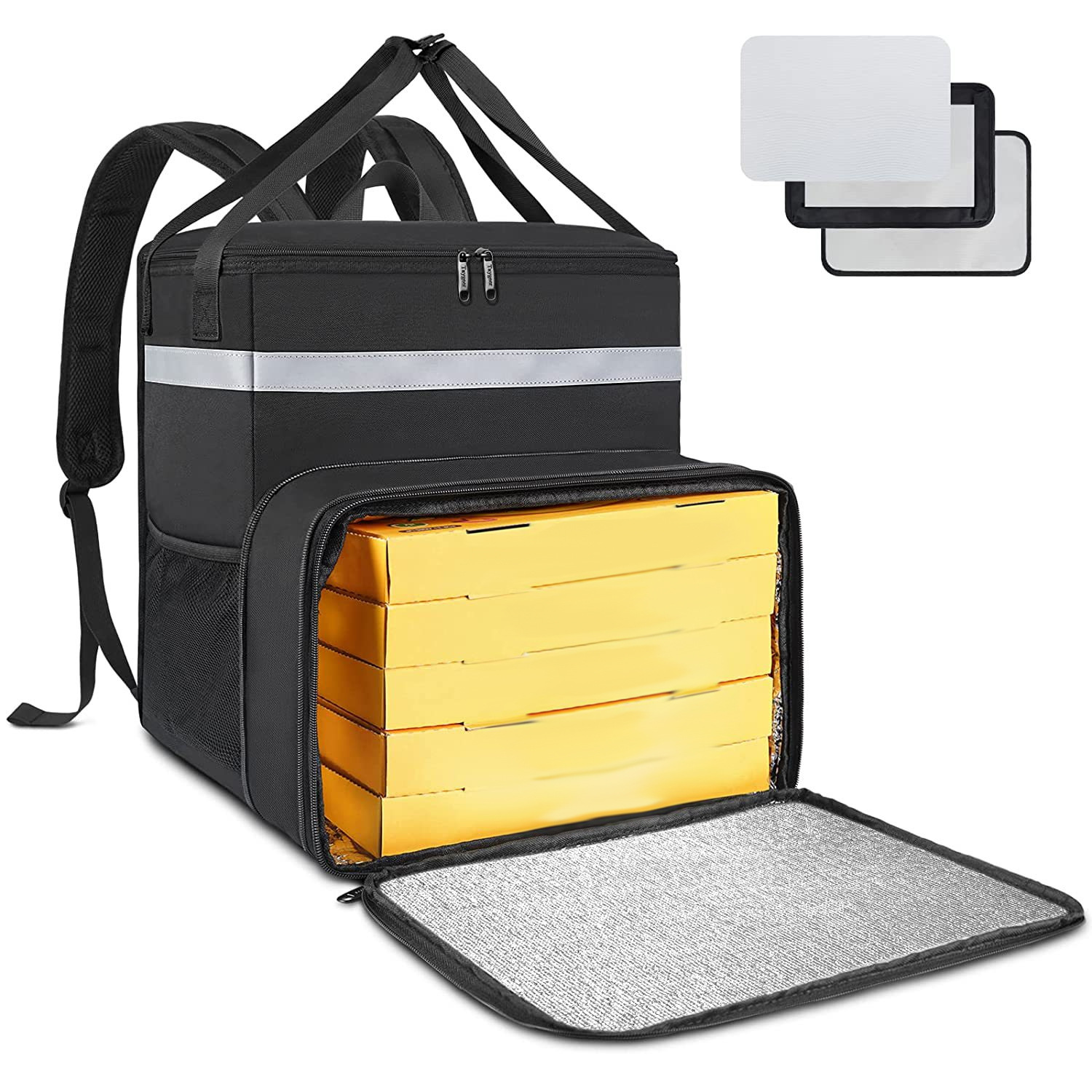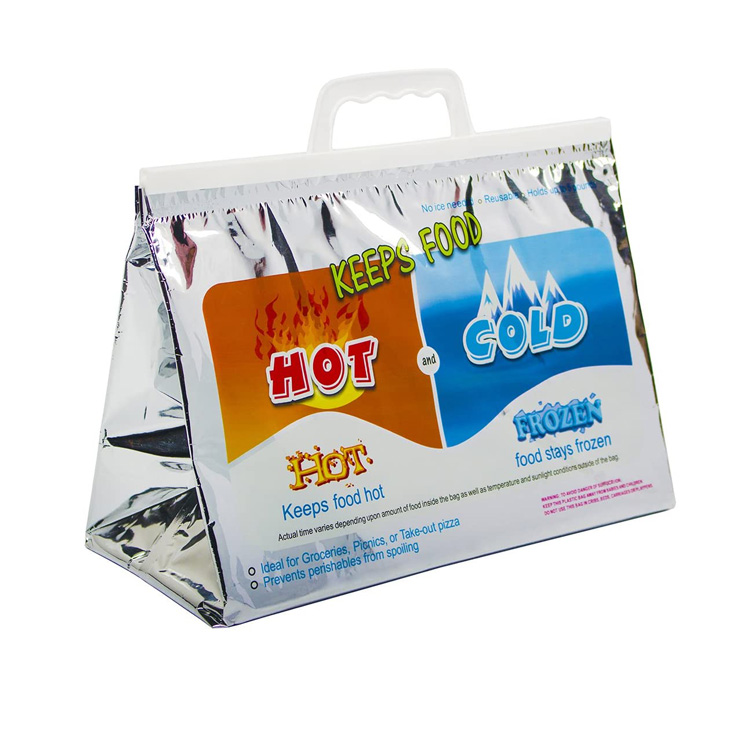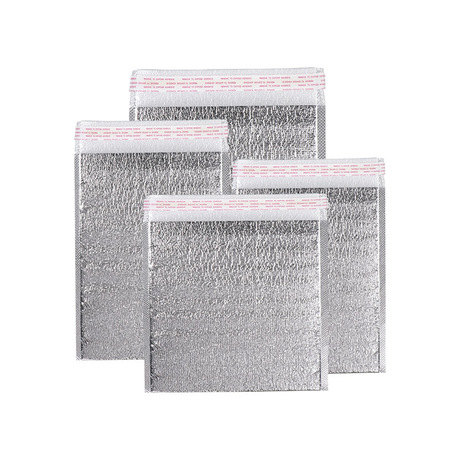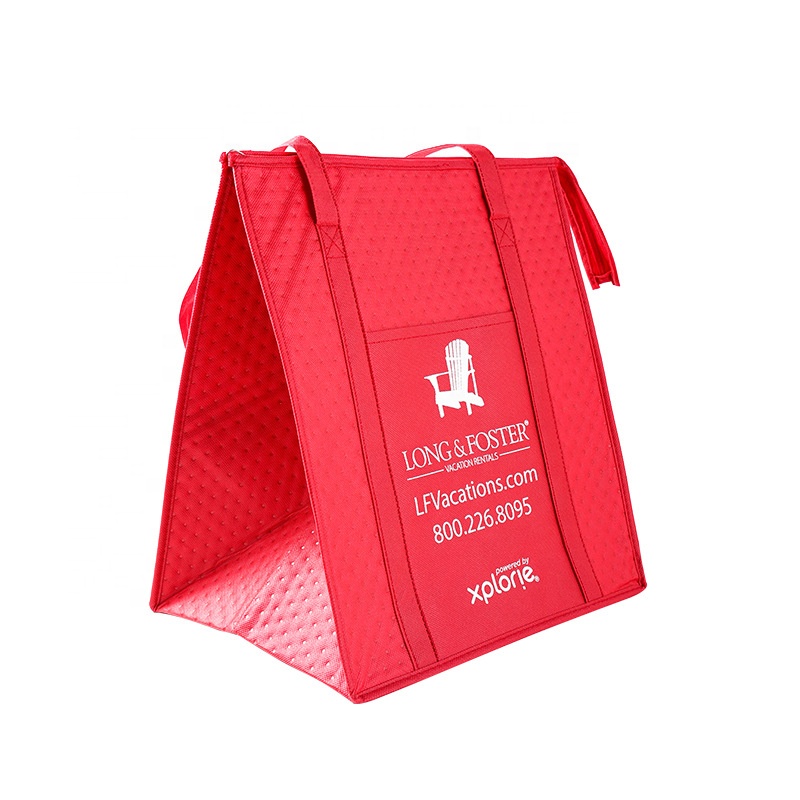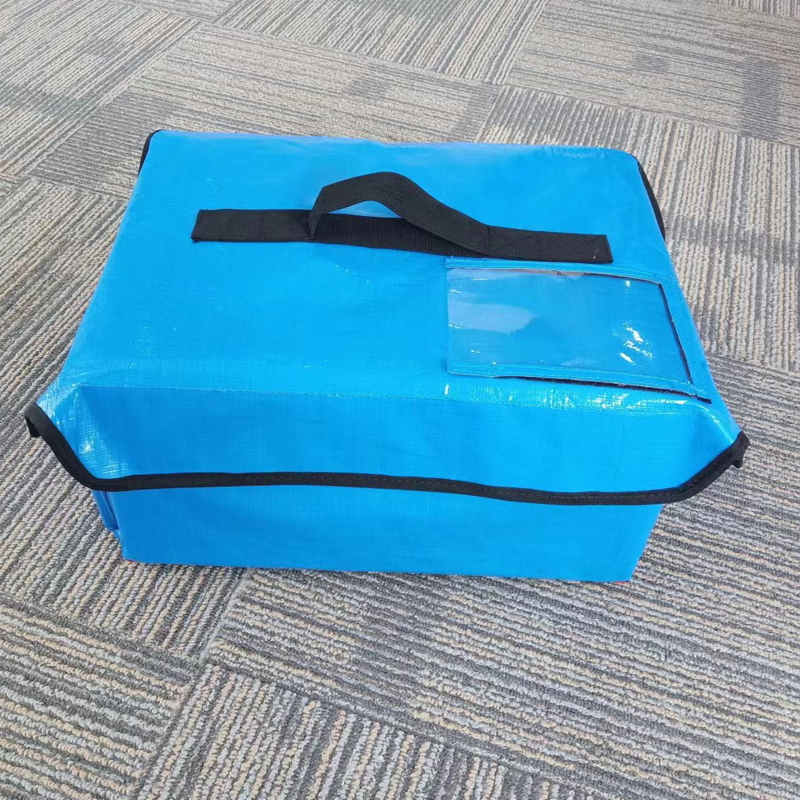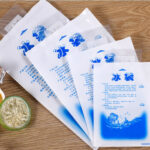عبوات باردة للإصابات: A Handy First – Aid Solution
Throughout our lives, injuries are an unwelcome but almost inevitable part of the experience. Whether it’s a simple misstep that results in a sprained wrist or overexertion during exercise leading to a muscle strain, the body’s response to these traumas can be both painful and inconvenient. This is where cold packs, often referred to as ice packs, emerge as a crucial ally in the early stages of injury treatment.

The Science Behind Cold Packs
As soon as an injury occurs, the body’s intricate defense mechanisms spring into action. The immune system launches an inflammatory response, causing blood vessels in the affected area to dilate. This dilation allows more blood to rush to the site, مما يؤدي إلى التورم, throbbing pain, and visible redness. Cold packs function as a counterbalance to this process. By applying a cold pack, the cold temperature causes blood vessels to constrict. This constriction reduces the volume of blood flowing to the injured area, effectively minimizing the swelling and inflammation. علاوة على ذلك, the cold has a numbing effect on the nerve endings, providing much – needed pain relief.
Diverse Types of Cold Packs
- Traditional Ice Packs: These are the simplest form of cold packs, typically made from plastic bags filled with ice cubes. They are an affordable option and can be easily assembled at home using common household items. لكن, they come with a few drawbacks. كما يذوب الجليد, it can create a messy situation, and their rigid form often makes it difficult for them to contour perfectly to the body’s unique shapes, potentially reducing their effectiveness.
- Gel Packs: Gel packs are a more advanced alternative. These are pre – filled with a specialized gel formula that has the ability to retain cold temperatures for an extended period. Their flexibility is a major advantage, as they can easily mold to the body’s curves. This ensures that the cold is evenly distributed across the injured area, enhancing the therapeutic effect.
- Instant Cold Packs: In emergency situations, instant cold packs are a game – changer. These packs contain two separate substances. When the pack is squeezed, these substances mix, triggering an immediate chemical reaction that generates a rapid cooling effect. The beauty of instant cold packs lies in their convenience; they require no prior freezing, making them ideal for on – ال – spot treatment.
Optimal Timing for Cold Pack Application
The first 48 – 72 hours following an injury are the most critical period for cold pack application. This is the acute phase, during which the body’s response to the injury is at its peak. Swelling reaches its maximum, and pain can be intense. Applying a cold pack as soon as possible after the injury can significantly reduce the severity of these symptoms. It helps to “nip the problem in the bud,” preventing further swelling and minimizing the overall impact of the injury.
Correct Application Methods
- مدة: Each application of the cold pack should last for 15 – 20 دقائق. Applying the cold pack for too long can have adverse effects, such as causing damage to the underlying tissues. The body’s tissues are sensitive to extreme cold, and over – exposure can lead to cell damage and other complications.
- تكرار: To maintain the effectiveness of the cold therapy, it is recommended to repeat the application every 1 – 2 ساعات. As the body begins to heal and the symptoms start to subside, the frequency of application can be gradually reduced. This adjustment ensures that the body receives the right amount of cold therapy without over – stressing the system.
- Barrier Protection: Never apply a cold pack directly to the skin. Always place a thin cloth or towel between the cold pack and the skin. This barrier serves as a safeguard against frostbite, a condition where the skin and underlying tissues are damaged due to extreme cold exposure. Even a short period of direct contact with a cold pack can potentially cause frostbite, so this step is non – negotiable.
الاحتياطات الأساسية
- Sensitive Skin Considerations: Individuals with sensitive skin are particularly vulnerable to cold – induced skin damage. When using cold packs, it is crucial to closely monitor for any signs of adverse reactions. Redness, قفا, or numbness are warning signs that the cold pack may be causing harm. If any of these symptoms are observed, immediate discontinuation of the cold pack application is necessary.
- Medical Conditions to Be Aware Of: People with certain pre – existing medical conditions, such as poor circulation or Raynaud’s disease, need to exercise extra caution. In these cases, the cold can exacerbate the existing circulatory problems, leading to more severe complications. Consulting a medical professional before using cold packs is highly recommended to ensure safety and effectiveness.
في ملخص, cold packs are a deceptively simple yet highly effective first – aid tool. By understanding the science behind their operation, الأنواع المختلفة المتاحة, the optimal timing and methods of application, and the necessary precautions, we can harness their full potential to aid in the recovery process from various injuries. Whether it’s a minor household accident or a sports – related injury, cold packs can be a valuable asset in our first – aid arsenal.









